Q&A: ScanSource CTO Greg Dixon Talks EMV/Payments, 3-D Printing, Cloud And More

Dixon Talks Channel
ScanSource CTO Greg Dixon sat down with CRN during the company's partner conference in Greenville, S.C., last month to discuss major opportunities that are taking shape for its reseller channel. Dixon touched on opportunities for partners surrounding EMV/Payments, 3-D printing, cloud, managed services and more, along with the challenges that partners face when adopting those technologies. He shares who he sees profiting along the way, and those whom he views as in trouble.

What is the opportunity for partners around EMV/Payments?
Credit cards are an insecure medium and have become more and more so over the years. There are lots of things that make them insecure, and that magnetic stripe on the card is one of them. A way to overcome that lack of security is a new technology -- an integrated circuit or chip. That chip is integrated inside the card and instead of swiping the card, now you dip the card like you would a hotel key, but you leave it inside. The chip in the card contains a processor, memory and code, and your credit card information that can't be easily reproduced. So that is the point, is that this chip makes the card very difficult to reproduce.
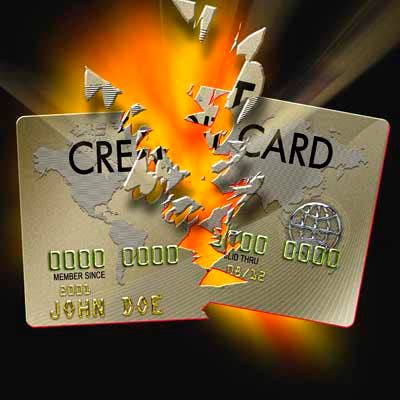
So how widespread is this going to be?
Well, my wallet is full of them now. As cards need to be replaced by banks, they give you a card with a little chip in it. Sometimes they don't, and they still have the magnetic stripe, as well, so they can be read on an older reader. This is all a matter of security. A few years ago, this technology was implemented all over the world, except the United States, and this is because we are big. The cost of changing this technology is huge, so that's where we come in. Every magnetic stripe card reader in America is going to have to replace their old credit-card-reading device with a new device, and it's a $200-to-$400-per-unit kind of a cost. Now multiply that by 20 million, and it causes churn in the retail technology sector. If I'm a store on a street and I have five POS terminals in my store and five credit card readers, if my POS solution is also old, then I'm thinking about rethinking the whole thing.

When is the date that we ’ll see this take off?
The date is October of this year. What happens on this date is that the card issuers will be responsible for fraudulent transactions that occur from fraudulent cards, so the liability for these fraudulent cards is going to change from the card issuer to the merchant. If a fraudulent card can be traced back to a business, then the business is now responsible for those charges.

What is the channel opportunity here?
Partners can replace all those card readers to start with, but while those card readers are being replaced, they can have discussions about all the technology that sits there. This technology ages. Terminals tend to have a 5-to-7-year life span. That means that, at any moment in time, 20 percent of them are a year old, and 20 percent of them are two years old and 2 percent are five years old. This means that 20 percent or more have an opportunity for complete technology replacement, so our customers should not just be saying, 'Hey, can I replace your card reader?' but instead, 'Let’s refresh the whole technology set.' That's the opportunity for our customers.
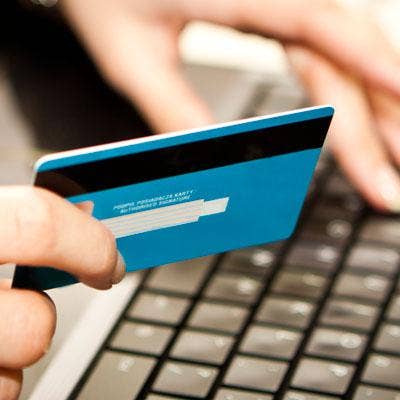
What are you doing to prepare for this and to help enable them?
We enable the credit card terminal sale, so we sell those products, but also, before that product can become useful to the merchant, there has to be some keys injected, which is a special code that allows a debit transaction to take place. That key is very precious, and we have to be certified to handle those keys on behalf of the processor companies out there. The process of doing that is a huge value-add to our resellers. Otherwise, they'd have to buy the terminal from us and then send it off to a third party and have them inject keys. By us doing that for them, it takes a whole step out of the process. It’s a way for us to really add value to this EMV upgrade process.

So this means that, in October, the demand should skyrocket.
It is, but in November, things aren't just going to stop working. Retailers and businesses will assume the risk, and they'll talk to their people about what’s going on here and assuming the liability, and a lot of people will put it off because they don't have the cash flow to manage it. They aren't ready to do this. They're reluctant to do it. As a result, there will be people who will postpone it all the way into next year.

Is that the biggest challenge you see?
The big challenge is that people don't like to be mandated. This is a mandate. They don't like spending money on something someone else makes them spend it on. Taxes -- it's something you'll eventually pay, but you don't ever like it. That's what this is about. It's about merchants being able to afford the change that this requires of them. For the merchants, this is not an opportunity for them, but for the solution providers, it's a big opportunity.
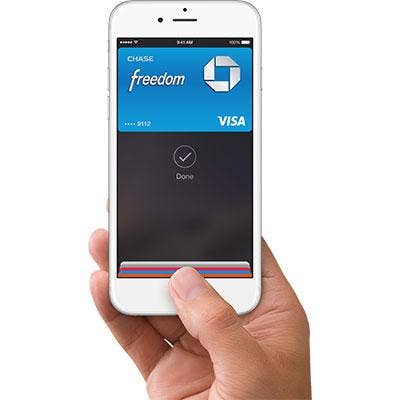
How do mobile payment platforms, such as Apple Pay, relate to this in terms of the security implications?
So a lot of things will ride the 'EMV wave.' The EMV mandate is a wave that’s moving through. It’s a technology change that has to occur. A number of other things are taking advantage of that movement. Mobile payments is a thing that can do that. The reason that Apple and Google and others are really promoting mobile wallet now, is that I think they waited for this EMV wave. So while people are replacing their credit card terminal for a new terminal that will read the EMV card, they will also buy a new terminal with NFC on it and will read the NFC chip to read the Apple phones and Google phones.
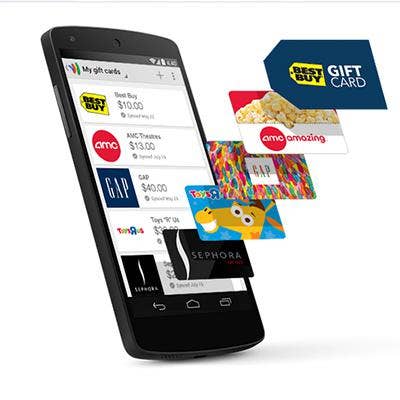
So, by November, you could see more businesses accepting mobile payments.
A lot more. What the merchant also has to do is deal with the cost involved -- being able to accept Apple Pay or Google Wallet, in addition to Samsung's mobile payment platform, as they recently acquired Loop. These technologies use NFC, so that technology also needs a reader on the device.

Switching gears here, how do you view the channel opportunity of 3-D printing?
I like it. It's new, so technologies have to mature some for the channel to have its fullest play in that space. We had to watch 3-D printing mature some, and we watched and watched and watched, and it was maturing slowly, but the one thing that caused 3-D printing to advance the most is that some of the patents began to expire. A patent might have a 25-to-30-year life, and when they expire, anybody can do it. Now, everybody on the planet can do that without infringing [on] the patent. That thing alone opened up the 3-D printing market. It opened up the lower end of the market but also created the momentum for all the other tiers of manufacturing.
Our timing into this thing was critical and appropriate, and now we bring those [technologies] to the market in a way that is commensurate with how distribution works.

What is your target market when it comes to 3-D printing?
Manufacturing. Our manufacturing end user would be one who designs a product. Let's say they are designing a case for an iPhone 6 -- they would have to design this thing very specifically to make it fit. They would make a prototype of this first, and then if it fit they would use the prototype to make the mold with, and then they'd make a million to be sold.

So what is the partner opportunity with 3-D printing?
These resellers are usually auto ID kinds of resellers. People who are into bar coding and printing and sell their stuff into manufacturing facilities. They would use that relationship that they have with this manufacturer and say, 'Look, how do you do your prototyping?' And if the answer is that they outsource it, and that's a very common way these days, then our reseller would take the opportunity to sell them their own printer that would make these things. Then show them that the return on investment would pay for that printer over time.
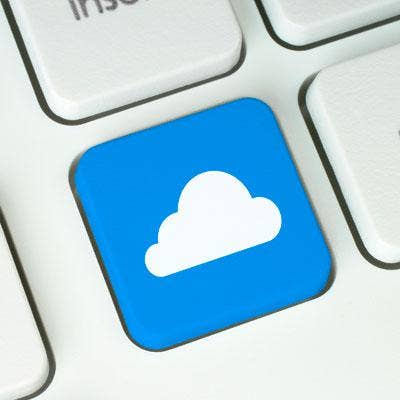
Another growing channel opportunity is cloud. Do you see any challenge there in people not wanting to adopt the cloud?
I think that end users understand the cloud probably better than resellers do at times. It's simply because they know about it, but they just don't know that they know about it. A simple thing as Gmail -- that’s a cloud application. People have really come to trust it, as Gmail always works as I never lose emails. I now have a thing called Dropbox, and I can store my files in the cloud, and they are always there. As a result of that, those simple applications of cloud technologies, business users of the cloud are adopting it, and are much more ready for it than resellers are even ready to sell it.

Why aren ’t resellers ready to sell it?
Resellers likes to sell solutions in a big capital expenditure kind of deal. Let’s use storage as an example. If I sell you storage devices that cost $100,000, I’ll sell them to you, install them, maintain them. You’ll have an annual maintenance contract, and you write me a check. I could make a lot of money. Then the end user will say, 'Yes, but I’d really like the cloud solution.' So, what the reseller is faced with is that he doesn’t have his own cloud. It’s very expensive to build a data center. The reseller is going to have to buy that cloud from somebody else, resell it to the end user, and they’ll pay for it by the month and the reseller is going to get a very small piece of that residual, maybe even just a small finder's fee. Instead of the reseller making $30,000 -- 30 percent profit on a $100,000 deal -- he might make $30 a month. Do the math on that.

Do you still see a lot of opportunity, then, with your resellers surrounding cloud technology if there is that resistance?
It's an opportunity. It's not one that anybody likes who are on the resell part of those equations. Nobody likes it other than people like Amazon or Rackspace, the cloud people and the people with data centers. They are making money hand over fist. But the people who are in the channel -- the distributor and the reseller -- they're never going to like it. Never. It's because there is a lot less money to be made with that type of solution.

What do you think is the next frontier for partners that is upon us here?
Managed services is now the new frontier for [our resellers]. We are spending a lot of time and effort now, and for the last year or two, and for the next year or two, evangelizing managed service offerings for these resellers. It's not an easy thing. The old model was sort of rich and easy and traditional. The new model means that on a per-customer basis, I'm going to make less money, so I'm going to have to have a lot more customers by a multiple of 10 to maintain the same bottom line. Now, if I'm really good at this and can be very efficient at it, my top line might remain the same, or even less, but my bottom line is even more profitable because of efficiencies that are gained from managing these devices remotely. I have fewer overhead from technicians, fewer overhead in terms of trucks and ways to get out to those places. A lot of customers are smart and are way ahead of the game, while others are just now adopting this thing, and others are saying they don't ever want to do this, and those are the guys in trouble.